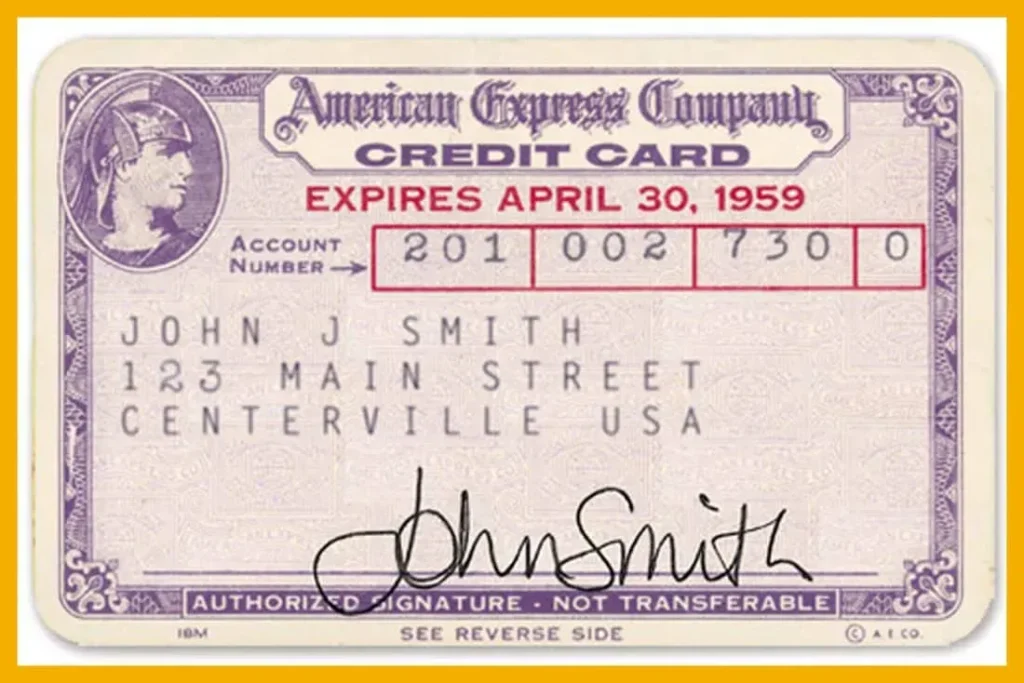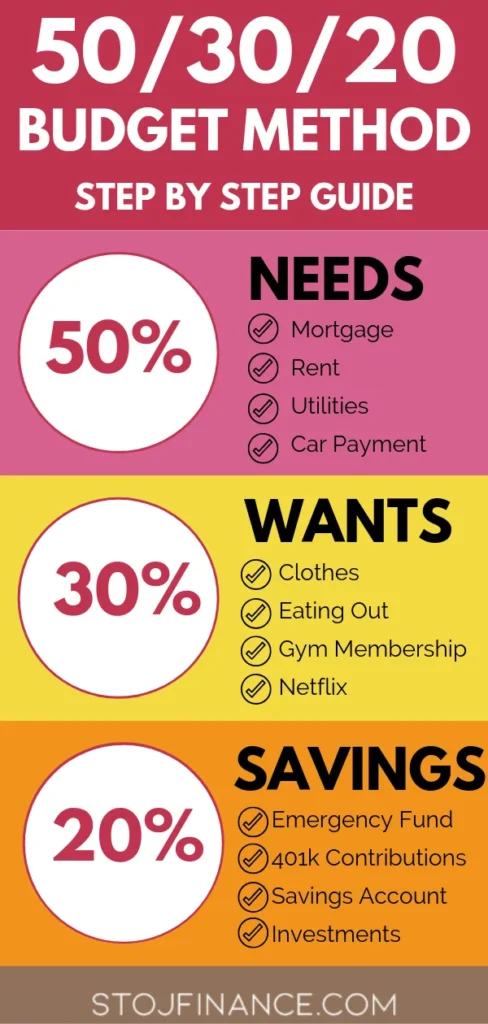Your first credit card bill can feel overwhelming, but learning the ropes now helps you build healthy financial habits. This guide shows you how to read a credit card statement and interpret every line—from purchases to interest and fees. By comparing the minimum payment vs total due, you’ll know what keeps your account in good standing and how interest accrues. You’ll also see practical pointers on spotting errors, understanding due dates, and planning payments around your billing cycle for long-term financial health. You’ll be equipped to keep an eye on unusual entries and seek help quickly if something looks off today.
Viewed broadly, the document is a monthly statement, a billing summary, and a card statement that lists all transactions, credits, and fees. The idea of the billing cycle explained helps readers understand when charges post, when balances update, and when the payment is due. Beyond the basics, this guide covers how to verify charges and dispute discrepancies with your issuer.
First Credit Card Bill: Understanding What It Really Covers
Your first credit card bill is more than a simple number; it’s a summary of every transaction in the billing cycle, including purchases, cash withdrawals, interest, and fees. It also shows the statement period, with a clear start and end date, and a total amount due that you must consider when planning your payments. Knowing how these pieces fit together helps you avoid surprises and maintain healthy credit scores.
Key elements to look for include the total amount due, the minimum amount due, and the payment due date. The bill ties these figures to the statement period, so you can track spending accurately and compare with your receipts. By reviewing these details, you can catch errors early, keep rewards on track, and build a strong financial foundation for future credit use.
How to Read a Credit Card Statement: A Step-by-Step Tutorial
In practice, start with the statement period and dates to understand the cycle you’re being billed for. Then skim the transaction summary to identify purchases, ATM withdrawals, and any refunds. This is the essence of how to read a credit card statement: follow each line back to your own records to confirm accuracy and detect unfamiliar activity early.
Next, verify charges by cross-checking receipts and merchant names. If something seems off, note it and contact the issuer promptly. Regularly reading the statement helps you manage spending, spot fraud, and keep your budget aligned with your actual usage.
Credit Card Billing Cycle Explained: Dates, Periods, and Impacts on Your Payments
A billing cycle defines the window of time for which transactions appear on your statement. The start and end dates determine when interest, rewards, and fees accrue, and they directly influence your payment due date. Understanding this cycle helps you plan purchases, timing, and how quickly balances can grow if not paid in full.
By framing spending within the billing cycle, you can minimize interest and avoid late fees. It also clarifies how payments posted during the cycle affect your balance and the amount you owe at any given moment. Grasping the credit card billing cycle explained concept supports smarter budgeting and financial discipline.
Minimum Payment vs Total Due: What Each Figure Means for Your Wallet
Your bill lists two important numbers: the minimum payment and the total due. The minimum payment keeps your account active but may incur interest on unpaid balances. The total due is the full amount owed for the cycle, and paying it in full by the due date avoids interest on most transactions.
Treat the minimum amount due as a floor, not a target. When possible, paying more than the minimum reduces interest charges and speeds up payoff. This distinction—minimum payment vs total due—can have a meaningful impact on your credit health and long-term debt levels.
Verifying Credit Card Charges: Spotting Errors Quickly and Effectively
One of the top goals when reviewing a bill is verifying charges. Look for unfamiliar merchant names, duplicate transactions, or amounts that don’t match your receipts. Early detection helps you request corrections fast and minimize potential impacts on your credit score.
If you find discrepancies, contact the issuing bank’s customer service promptly and document the issue with dates, amounts, and supporting receipts. Keep a log of your communications and track the resolution timeline, so you can verify credit card charges are resolved and the balance reflects accurate activity.
Reading the Transaction Summary: Purchases, Cash Advances, and Refunds
The transaction summary is a line-by-line record of activity, including purchases, cash advances, refunds, and adjustments. Understanding this section helps you see where your money went and how refunds or reversals affect your current balance.
Watch for refunds that offset prior charges and for cash advances that carry higher interest and fees. By parsing the transaction details, you can reconcile your own records, confirm rewards earned, and maintain a clear picture of your spending habits.
Fees and Charges on Your Bill: What They Mean and How to Contest Them
Beyond purchases, bills can include annual fees, late payment penalties, cash-advance fees, and foreign exchange charges. The statement should clearly show these items so you can assess their impact on your budget and decide whether to contest or explain them with the issuer.
If you see unexpected or recurring charges, contact customer service promptly. Keep documentation, ask for fee explanations, and request adjustments when appropriate. Being proactive with fees helps you maintain control over your financial plan and avoid surprises.
Rewards Points on Your Statement: Earning, Redemptions, and Expiry
Many credit cards reward spending with points, miles, or cashback. The statement shows points earned, recent redemptions, and any expiry dates. Understanding these details helps you optimize value and avoid losing benefits due to inactivity or expiration.
Reviewing the reward system terms and conditions with your issuer clarifies how points are earned and redeemed. Plan redemptions around dates that maximize value, and track expiry to ensure you don’t miss out on benefits you’ve already earned.
Practical Credit Card Bill Tips: Simple Practices to Stay On Top of Your Finances
Develop a routine that includes reviewing your statement monthly, setting digital reminders, and monitoring transactions for accuracy. The goal is to build discipline around credit use, protect your score, and catch errors before they escalate. Apply simple credit card bill tips to strengthen your budgeting habits.
Consider automating payments and aligning them with your pay cycle to avoid late fees. Keep receipts, reconcile balances with your spending, and use the statement as a learning tool for smarter credit decisions. Small, consistent practices add up to better financial health over time.
Payment Planning and Reminders: How to Schedule Payments for Best Results
Plan payments around the due date and the timing of your billing cycle to minimize interest and keep your credit profile healthy. Use calendar alerts or banking reminders to ensure you never miss a due date, especially when your cycle shifts month to month.
Consider autopay for at least the minimum due, then top up to clear as much of the balance as possible. Scheduling payments gives you control and reduces stress, helping you sustain good credit behavior while avoiding penalties.
Discrepancies and Customer Support: When and How to Reach Your Issuer
If you suspect an error, contact the issuer promptly and provide documentation: statement copies, receipts, and notes about the suspected discrepancy. Early outreach can speed up investigation and resolution while protecting your credit history.
Use official channels—phone, secure message portals, or in-app chat—and track responses. If the issue isn’t resolved, escalate the matter through the bank’s escalation process or regulatory complaints where appropriate. Keeping channels open ensures you get timely help with any problem on your bill.
Long-Term Benefits of Regular Statement Reviews: Protecting Your Credit Score
Regular statement reviews create a durable habit that pays off in the long run. By catching errors, avoiding unnecessary fees, and staying on top of due dates, you maintain a healthier credit profile and more predictable finances.
An ongoing practice of monitoring your statements supports responsible borrowing, improved budgeting, and stronger credit outcomes. Set aside time each cycle to review, verify charges, and reflect on your spending patterns to build lasting financial resilience.
Frequently Asked Questions
How to read a credit card statement on your first credit card bill?
Here’s how to read a credit card statement on your first credit card bill: identify the statement period, the total amount due, and the payment due date; review the transaction list for purchases, refunds, interest, and fees; note the minimum payment and any rewards adjustments. This helps you track spending, verify accuracy, and protect your credit score.
What are essential credit card bill tips for your first credit card bill?
Key credit card bill tips for your first bill include setting digital reminders for due dates, comparing the total due to your budget, paying more than the minimum when possible to reduce interest, and promptly verifying every charge to catch errors early.
What is the difference between minimum payment and total due on your first credit card bill?
The minimum payment is the smallest amount you must pay to keep the account current, while the total due is the full balance owed. Paying only the minimum may keep the account from becoming delinquent but will accrue interest on the remaining balance, affecting your credit score over time.
How does the credit card billing cycle explained help you understand your first bill?
The credit card billing cycle explained shows the period between two statement dates during which your transactions are recorded. Knowing the cycle helps you plan spending, anticipate what will appear on your first bill, and avoid late fees by paying on time.
How can you verify credit card charges on your first credit card bill?
To verify charges on your first credit card bill, review each transaction against receipts and online records, look for unauthorized or duplicate charges, and contact the issuer promptly to dispute any discrepancies. Keeping evidence speeds up resolution and protects your account.
What should you do if you find a discrepancy on your first credit card bill?
If you spot a discrepancy on your first credit card bill, document the error, contact the issuer’s customer service, and file a dispute per their process. Monitor responses and request written confirmation of corrections to ensure the bill reflects accurate charges.
What common fees should you look for on your first credit card bill and how can you avoid them?
Watch for annual fees, late payment fees, cash advance charges, and foreign transaction fees on your first credit card bill. To avoid them, pay on time, use the card for eligible purchases, limit cash withdrawals, and understand terms in the card agreement.
Why is it important to review rewards and redemption details on your first credit card bill?
Reviewing rewards credits, recent redemptions, and expiry dates on your first credit card bill helps you maximize benefits and avoid forfeiting points. Understanding the rewards program ensures you redeem wisely and align with your spending during the billing cycle.
| Key Point |
|---|
| Definition of a credit card bill |
| A periodic statement that summarizes all transactions (purchases, interest, cash withdrawals, and fees) and shows the total amount due for the current billing cycle. |
| Statement period |
| Start and end dates of the current billing cycle. |
| Transaction summary |
| List of purchases, ATM withdrawals, and refunds that appear on the bill. |
| Total amount due |
| Full amount owed for the billing cycle. |
| Minimum amount due |
| The minimum payment required to keep the account active; paying only this may accrue interest on the remaining balances. |
| Payment due date |
| Deadline to make a payment to avoid late fees or penalties. |
| Fees and charges |
| Identify annual, late payment, cash advance, forex charges, and any new or recurring fees. |
| Rewards and redemption details |
| Points earned, redemption options, expiry dates, and related terms. |
| Notes and practical tips |
| The breakdown shown is illustrative; verify the actual statement with your issuer and contact customer service for clarifications. Review to catch errors and protect your credit health. |
| Five key checks to review |
| Billing cycle and statement dates: Confirm start/end dates to plan spending and ensure timely payments; late payments can affect credit scores. |
| Transaction verification: Check for unauthorized or duplicate charges; report discrepancies promptly. |
| Minimum and total due amounts: Understand the difference; aim to pay more than the minimum to minimise interest and maintain health of your credit profile. |
| Fees and charges: Identify any new/recurring charges and discuss with the issuer to avoid surprises. |
| Rewards and redemption details: Review points credited, recent redemptions, and expiry to maximise value. |
Summary
Conclusion: A careful review of your first credit card bill helps you catch billing errors, optimise benefits, and maintain healthy credit habits. By checking the statement period, transactions, total and minimum due, applicable fees, and reward points, you can avoid penalties and improve long-term financial health. Setting digital reminders for payments and monitoring statements regularly supports a clean credit profile for years to come.




